Certainly the towers below are not beautiful like the Eiffel Tower, impressive like the CN Tower or iconic like the Empire State Building, but they are unquestionably the ten strangest edifices in the world. They certainly cannot go unnoticed and raise the reasonable question: "What did they think when they made them?"
10. Žižkovská televizní věž (Prague-Czech Republic)
The Zizkov TV tower is the tallest and most "annoying" construction in Prague, with a height of 216 meters. Its construction began in 1970, with the aim of creating interference and preventing the transmission of television programs broadcast by West German television, and it became fully operational in 1992. In 2000, however, local artist David Cerny, incorporated into the tower some sculptures of faceless babies climbing it, causing a rather negative impression. For more information on Zizkov TV tower and Prague, click here.
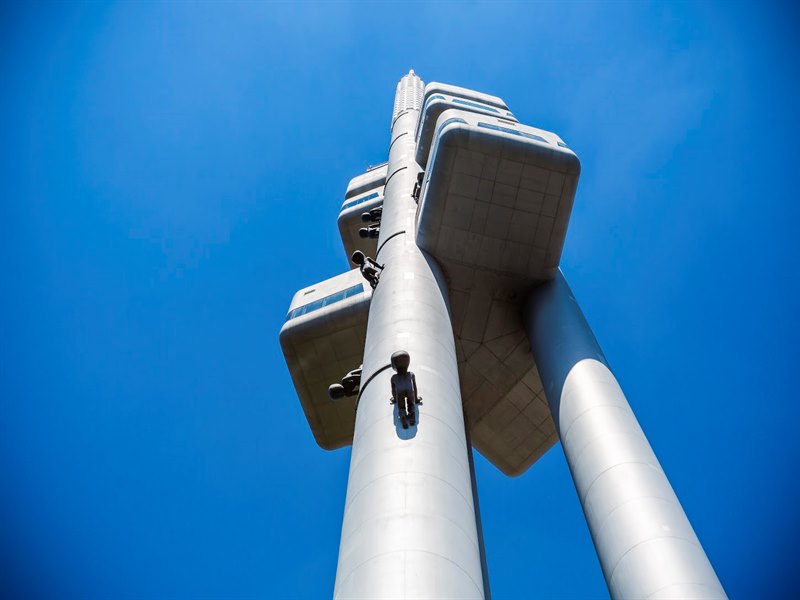
9. Puffer Fish Tower (Yangjong-China)
The "Puffer Fish Tower" is a notable bronze tower of 295 feet long and 2300 tons weight, in the shape of the homonymous fish. It is located on an island in the impoverished province of Yangzhong in China, on the banks of the Yangtze River, and since its first day of completion in 2013, it has become a major topic of discussion, as it is said to have cost $11 million!! It consists of 8,920 copper plates and is the largest steel frame tower in China and perhaps the world. The comments are yours!
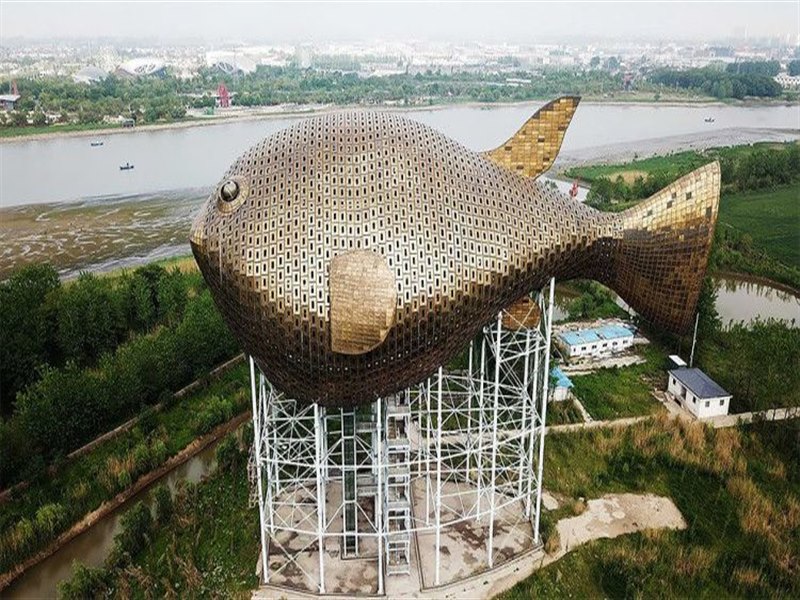
8. Ryugyong Hotel (Pyongyan North Korea)
This tower was designed 26 years ago to be the highest hotel in the world, but its construction was never completed. It is an unfinished edifice 330 meters high and 105 floors, in the otherwise impoverished capital of North Korea. We all know that tourism will hardly flourish in the coming years because of the regime. So this skyscraper seems to have been the worst idea of all time.

7. Ear of Corn Water Tower (Minnesota-H.P.P.)
In America it is very common to design water towers, in such a way as to represent the most famous agricultural product of the region. A giant peach. A giant ketchup box. A huge watermelon. A huge ... and so on. This list could only consist of such towers, but of the dozens of examples around the world (but especially in the USA) the most strange is that of Seneca Foods in Rochester, Minnesota (where a lot of corn is produced). The 190,000-litre tank is about 20 meters in height and has the exact design of a cornfield and is even illuminated in the evening by ring floodlights. The only competitor is the Leaning Tower in Illinois, and that gives us the perfect pass for…
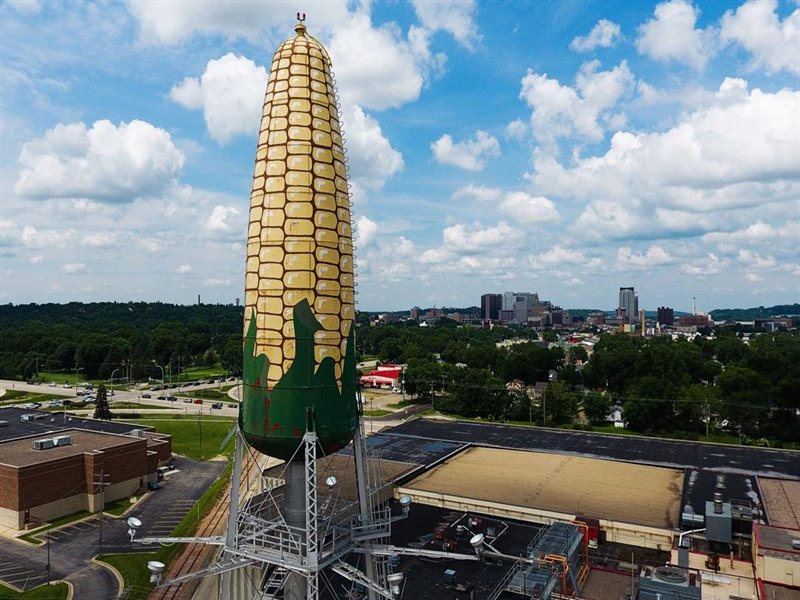
6. Torre di Pisa (Pisa-Italy)
The Leaning Tower of Pisa is a bell tower of eight hundred and forty years old, which is about fifty-six meters high and stands impressively above the square of the cathedral of the city. Every year more than half a million people visit it, to admire up close its Roman arches, its white marble cladding and its seven huge bells. Who am I kidding? everyone comes to take the characteristic photo trying to restrain it since it tilts 4 degrees southeast. The slope of the tower started during its construction and was due to insufficient foundation on the ground, as it was too soft so that it could not support the weight of the infrastructure. Already in the decades before the completion of the construction, the slope increased and continued to increase gradually until the stabilization of the Tower (and its partial correction) by efforts made in the late 20th and early 21st century. Nevertheless, due to the designation 'leaning' in its name, it has ended up representing a terribly commercial monument, which no longer seems strange to the eye, but we can only admit that it is also a monument of impotence!
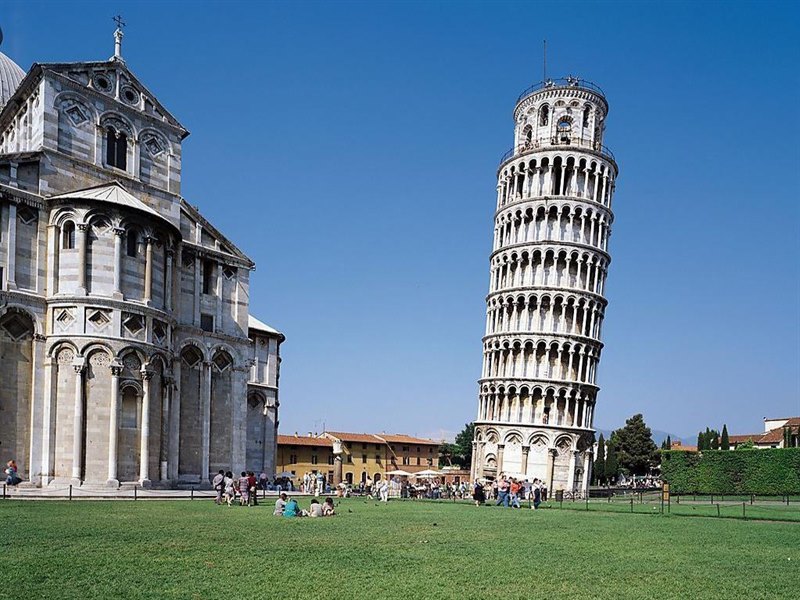
5. Torri di San Gimignano (San Gimignano-Italy)
If the Leaning Tower of Pisa is a monument of incapacity, then what are the 14 towers of different heights, located on this medieval hill in Tuscany? In the past, 76 towering towers in San Gimignano had been erected, each a symbol of their owner's influence and financial situation, and they were also used as observation points to locate intruders. Of course, if we approach these towers as a symbol of power and strength, ”my tower is bigger than yours” they start and acquire a more ... Freudian meaning. Speaking of which…
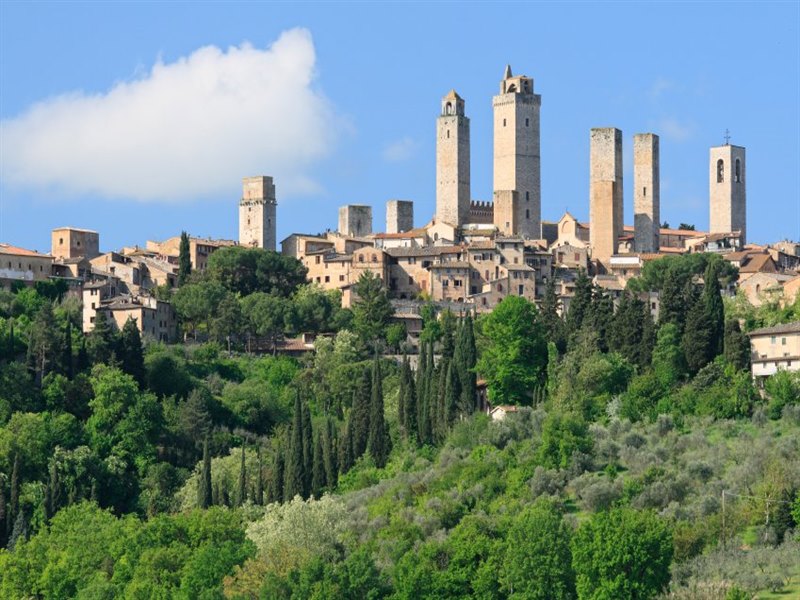
4. Kula Geneks (Belgrade-Serbia)
The west gate of the city, also known as the Tower of Genet, is a 36-storey skyscraper in Belgrade, Serbia, designed in 1977 by Mihajlo Mitrović and a typical example of Brutalist architecture. This really strange, concrete and heavy structure, favored by Soviet Europe in the middle of the 20th century, is one of the first remarkable buildings that visitors see coming to the city from the airport. It consists of two towers connected by a 117 m high two-storey bridge and is the second tallest building in Belgrade after the Ušće Tower and is also popular for bungee jumping. For more information on Kula Geneks and Belgrade, click here.
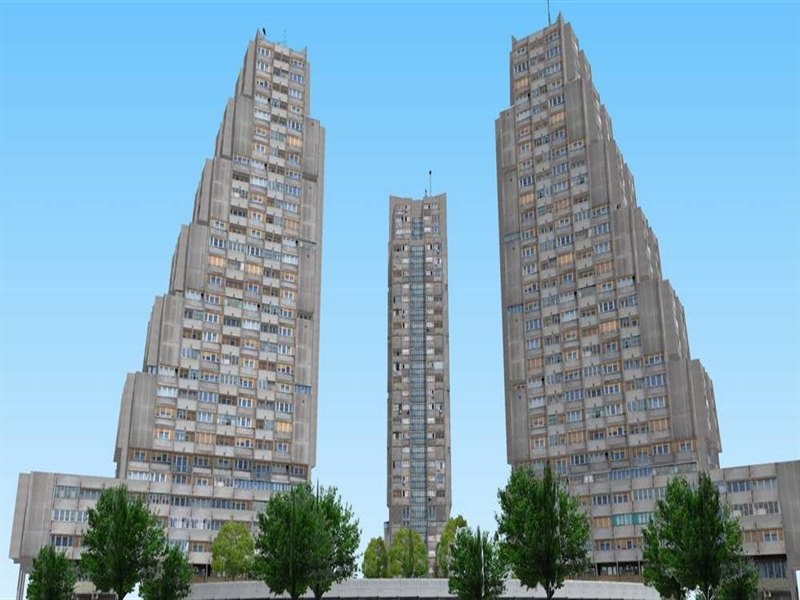
3. Pigeon Towers (Libya, Iran, Egypt)
These buildings are scattered throughout Africa and Asia, such as in Iran, Libya, and Cairo, Egypt. But what was the use of these elegant-mysterious brick towers with holes? To house pigeons. The best buildings can be found in Iran, where in the 16th and 17th centuries pigeons were known as "winged rats" and were useful resources, as their feces were used as natural fertilizer. In short, the towers were built with the aim of harvesting the generosity of nature.
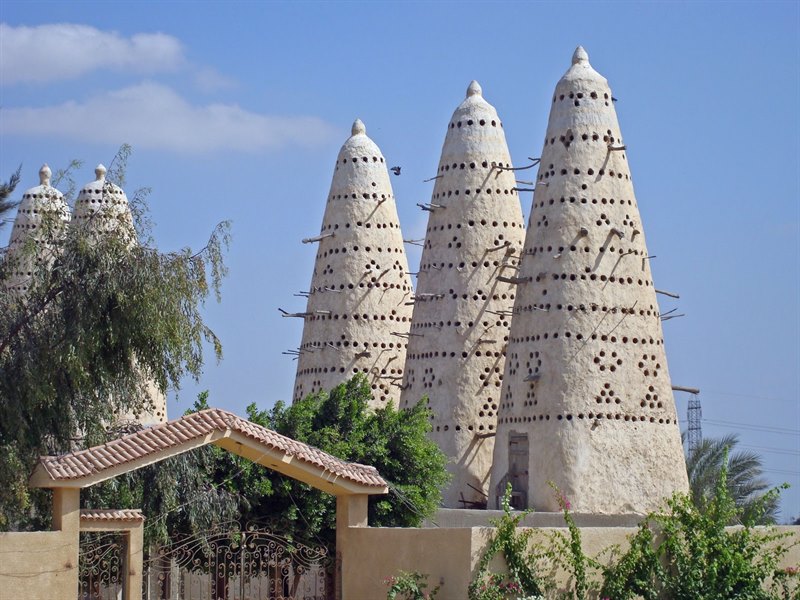
2. Sutyagin House (Arkhangelsk-Russia)
Located in Arkhangelsk, in northwestern Russia, this three-storey house is said to be the tallest wooden building in the world (44 meters high). It was built by local gangster criminal Nikolai Petrovich Sutyagin, without official plans or building permits, while he is currently in prison, convicted of extortion. Although we are talking about an impressive building, the city is not very proud of this tower, as the authorities consider it dangerous to the public good in case of fire, and it should be demolished.
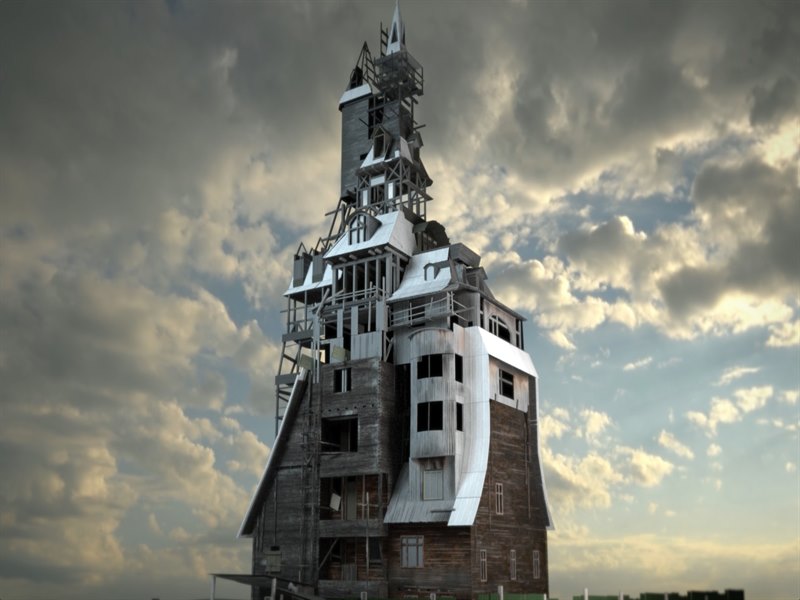
1. Wunderland Kalkar (Dusseldorf-Germany)
At the top of the list of the strangest towers in the world, is that of an amusement park north of Düsseldorf. The reason; It is built on the site of a former nuclear plant, which was never put into operation due to construction problems and protests. And if 20 years ago playing in front of a nuclear power plant, even if it never worked, was a bad idea, today it looks fun given the colorful exterior decoration of the building, which is used for climbing, while inside there is a rotating swing. The park has assured its visitors that there is no radiation residue, but to be honest I did not play with such things.
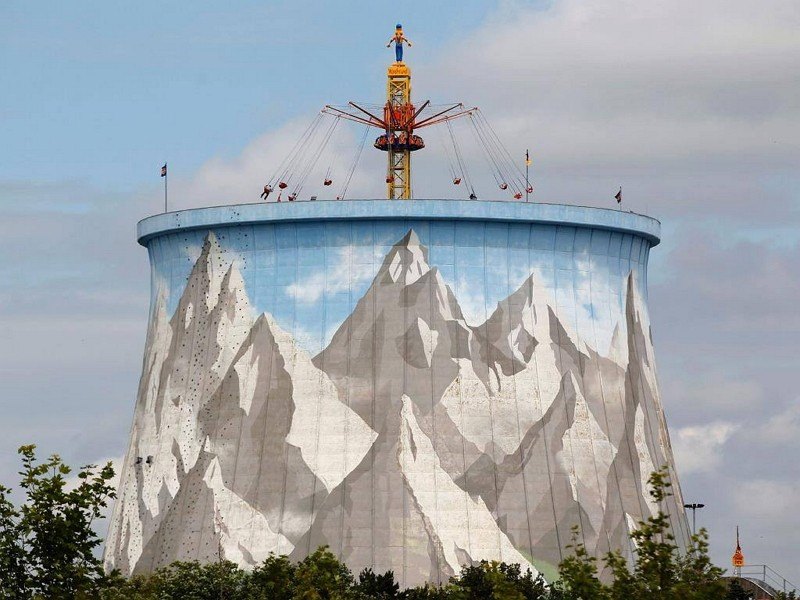
Source: https://www.msn.com








